Americans in Paris: Life & Death Under Nazi Occupation (26 page)
Read Americans in Paris: Life & Death Under Nazi Occupation Online
Authors: Charles Glass

BOOK: Americans in Paris: Life & Death Under Nazi Occupation
4.75Mb size Format: txt, pdf, ePub
When Maynard Barnes closed the American Embassy on 7 May, he entrusted the keys and the flag to Mme Simone Blanchard. The Frenchwoman, who had been housekeeper at the embassy since 1928, hid the Stars and Stripes to await the Americans’ return. Barnes drove south to Vichy with Edward B. Close, managing governor of the American Hospital. After reporting to Ambassador Leahy, who had a low regard for him, he returned to Washington. Close sailed to the United States from Portugal, leaving the American Hospital’s administration in the hands of Aldebert de Chambrun and its medical staff to Dr Sumner Jackson.
‘After the departure of the Chargé d’Affaires,’ Clara wrote, ‘we bade adieu to almost all our American friends … Most of the few that did not take that opportunity of leaving, remained to the bitter end–among them was John Robinson, head of the Coudert firm who stayed on because his wife was too seriously ill to be moved. His presence was a real asset as he managed to do so much for the relief of numerous families unable for different reasons to abandon the country. ’ No Americans in Paris knew it, but even their embassy in Vichy had prepared two emergency escape routes for its diplomats. One was by sea from a Mediterranean port, and the other was overland to Spain. The embassy had ‘accumulated and buried in tins in concealed places along the roads enough gas to drive in our own cars over either route’.
Many Americans had no option other than to remain. The poet Pauline Avery Crawford, who had a prosthetic leg, could not make the arduous journey by land to Lisbon, point of embarkation for America-bound passenger ships and the Pan American Clipper aeroplanes. Charles Bedaux was too involved in his business schemes to return to the United States, where his company had not been under his control since the ill-fated Windsor affair of 1937. Sylvia Beach had not considered abandoning Paris or Adrienne Monnier since the first day of occupation, when the two booksellers had briefly contemplated escaping to the countryside. And Dr Sumner Jackson, whose wife and son were French, was responsible for the American Hospital’s surgery department and for a growing Resistance network. The American community in Paris dwindled by the spring of 1941 to 2,000 men, women and children–no longer protected by an embassy in the city, but served by their own hospital, library, churches and charitable societies. If America and Germany went to war, most would be subject to internment. For a few, like Dr Jackson, the stakes were higher.
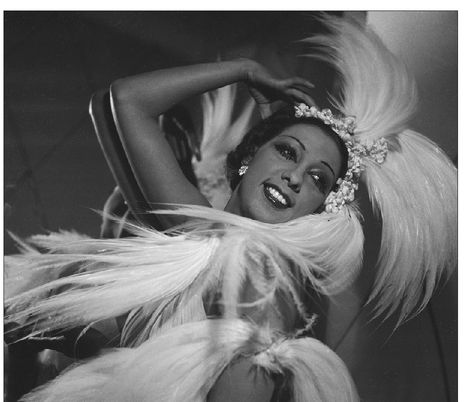
Josephine Baker, the quintessential American Parisian, spy for French intelligence and anti-Nazi
résistante
.
résistante
.
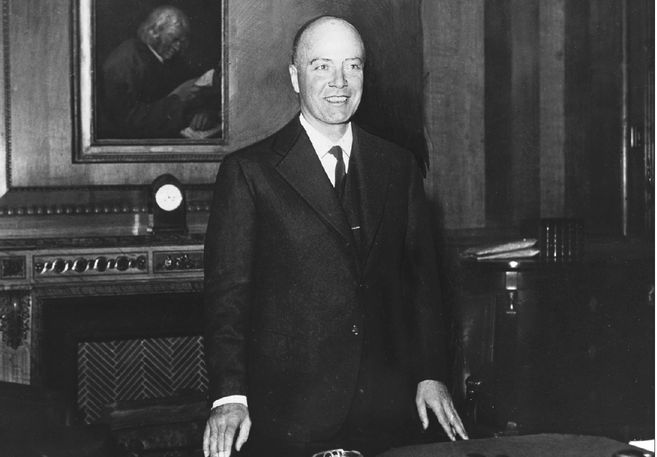
William C. Bullitt, United States Ambassador to France 1936–1940. He pleaded with his friend, President Franklin Roosevelt, to save France.

Roosevelt, Marguerite LeHand and William C. Bullitt, July 22, 1940. “Missy” LeHand was Bullitt’s sometime mistress, and FDR was disappointed that Bullitt did not marry her.
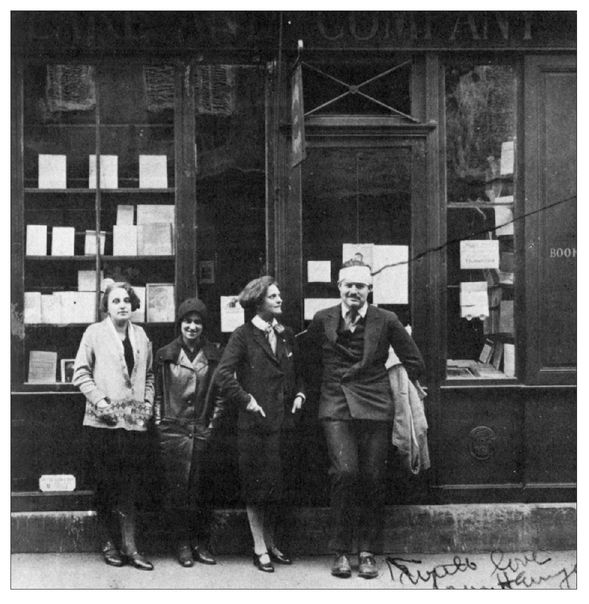
Myrsine and Helene Moschos and Sylvia Beach next to Ernest Hemingway, outside Shakespeare and Co. at 12 rue de l’Odéon for Sylvia’s birthday party in March 1928.
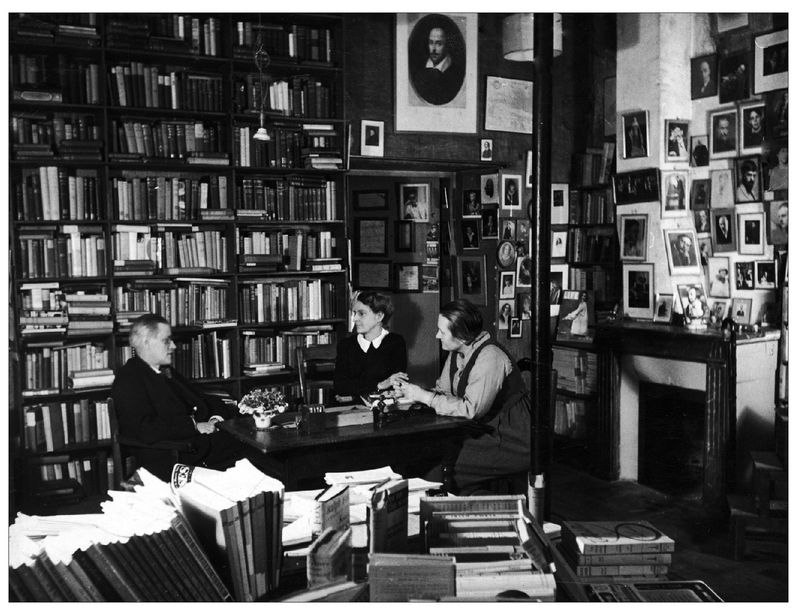
(
Left to right
) James Joyce, Sylvia Beach and Adrienne Monnier in Shakespeare and Co., 1938.
Left to right
) James Joyce, Sylvia Beach and Adrienne Monnier in Shakespeare and Co., 1938.
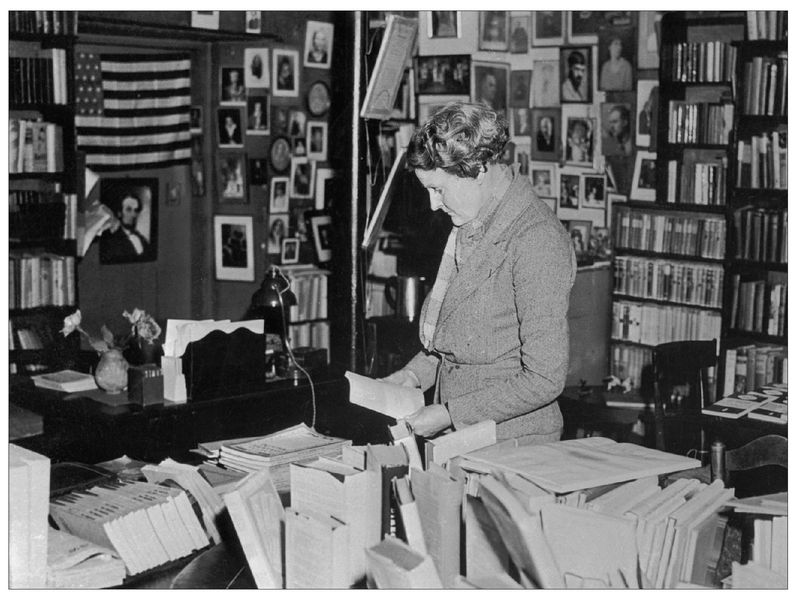
Sylvia Beach in Shakespeare and Co., May 1941, during the Battle of France.
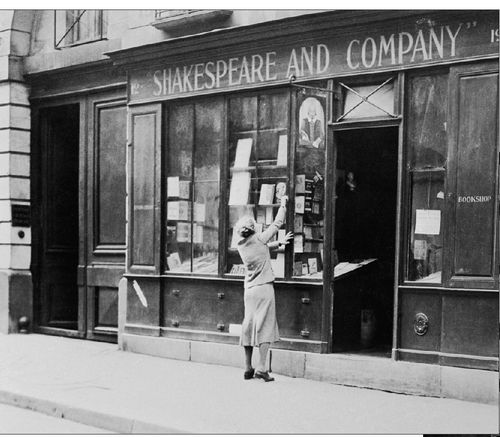
Sylvia Beach decorates the bookshop’s window, May 1941.
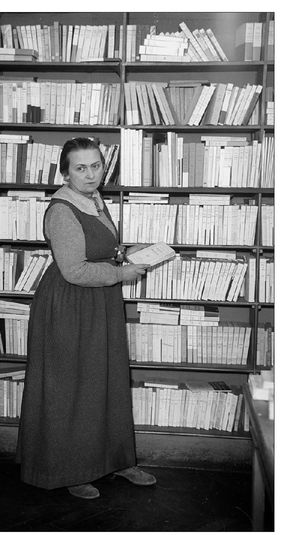
Adrienne Monnier in La Maison des Amis des Livres.
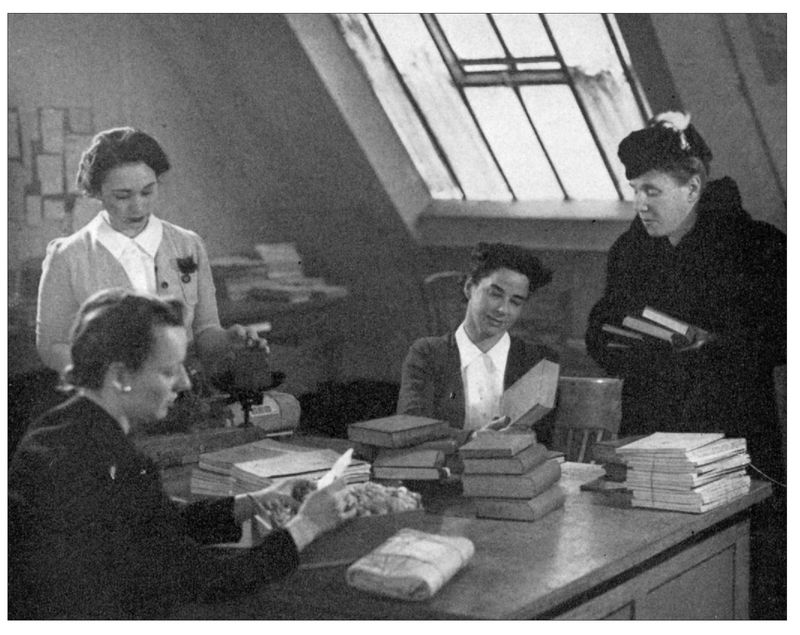
Countess Clara Longworth de Chambrun (
far right
) in the American Library in Paris.
far right
) in the American Library in Paris.
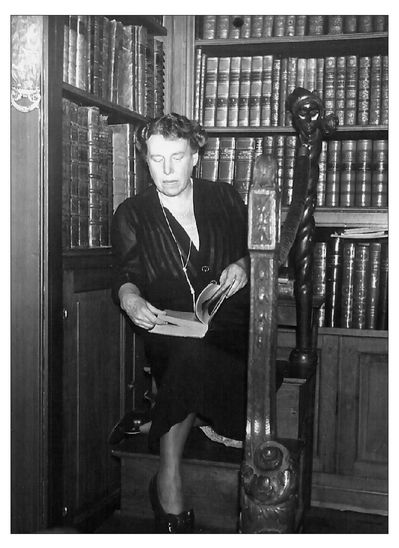
Clara fought to keep the library open throughout the occupation.
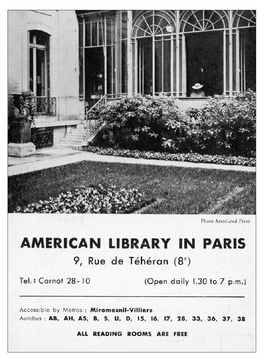
Other books
Palmer-Jones 04 - A Prey to Murder by Ann Cleeves
The Gift of a Child by Laura Abbot
Sherlock Holmes by Sir Arthur Conan Doyle
The Rising of the Shield Hero Volume 05 by Aneko Yusagi
A Thousand Lies by Sala, Sharon
Coal Black Blues by Lee Ann Sontheimer Murphy
At the Edge of Summer by Jessica Brockmole
Attack of the Giant Robot Chickens by Alex McCall
Without Boundaries by Cj Azevedo
Red Iron Nights by Glen Cook